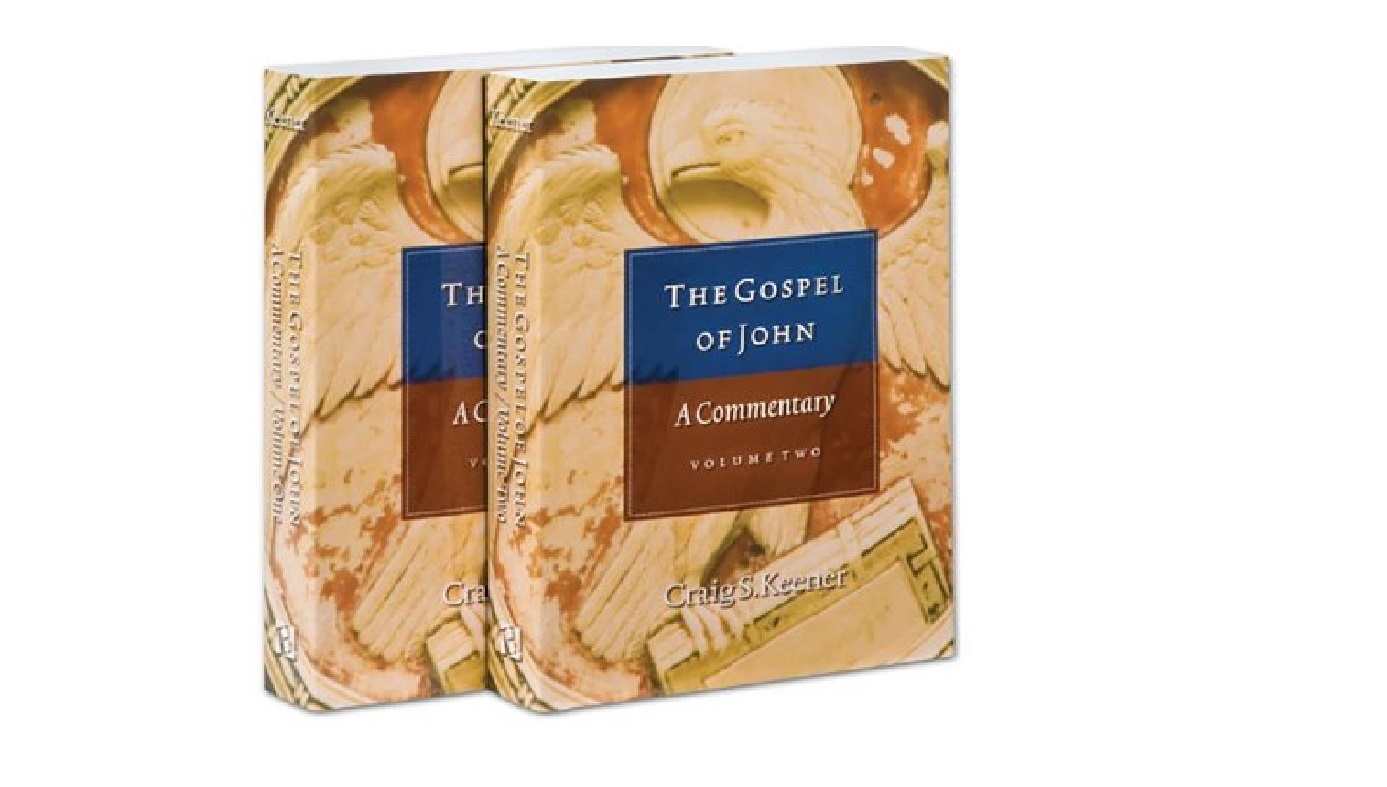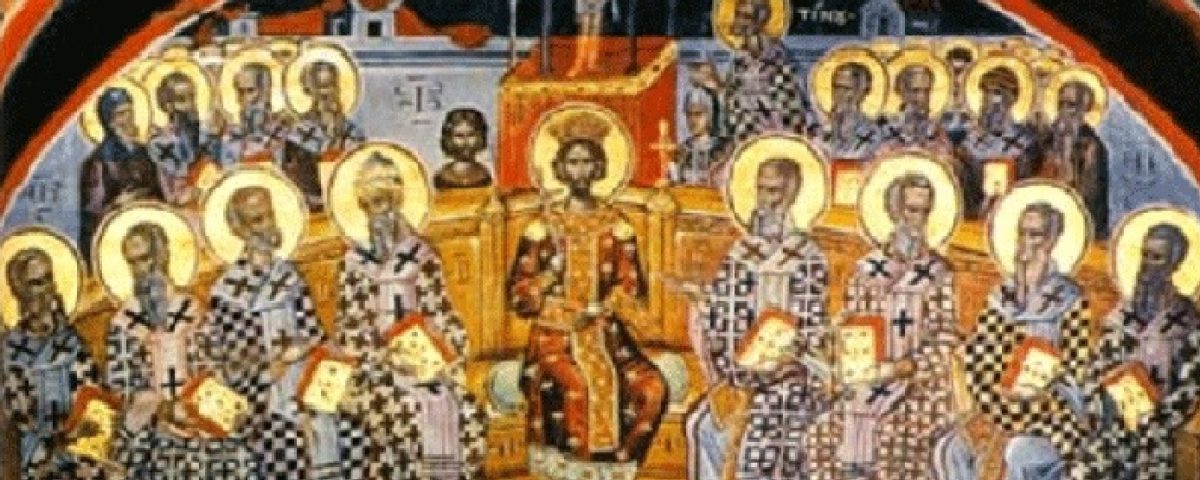
John 1:1 According to Keener
September 9, 2022
Adonijah: Yahweh is not adoni
September 9, 2022The Dark Legacy of the Nicene Creed

The Nicene Creed is an example of what happens when unbelievers (like pagan philosophers and especially politicians, like Roman emperors) get mixed up in religion.
First comes confusion, since the Creed itself is replete with ambigous and contradictory language.
For example, the creed violates the later trinitarian formula of 3 distinct hypostasis in 1 ousia or 3 Persons in 1 Being or Substance. According to the noted church historian Richard Hanson, “for at least the first half of the period 318-381, and in some cases considerably later, ousia and hypostasis are used as virtual synonyms.” As a result, the creed condemned anyone who said “the Son of God is of a different hypostasis or ousia” from the Father. Yet, today trinitarians would charge you with blasphemy if you taught this section of the creed. Hanson adds that “Not many who have written upon the subject of the Creed of Nicaea have observed this serious difficulty presented by it.” “And in fact there were present at the Council people, such as Marcellus of Ancyra, who were quite ready to maintain that there is only one hypostasis in the Godhead, and who were later to be deposed for heresy because they believed this.”
So however trinitarians try to spin it “the Creed produced by the Council of Nicaea was a mine of potential confusion and consequently most unlikely to be a means of ending the Arian Controversy.”
Yet, this confusion was not unique to those at Nicea in 325 AD; hundreds of years earlier Tertullian wrote “there was a time when there was no Son” (Herm. 3:18). The historian J.N.D. Kelly found that Tertullian “followed the Apologists in dating” the beginning of the Son to Genesis for “prior to that moment God could not strictly be said to have had a Son.” A few years after Tertullian Origen, Hanson says, described “the Son both as having come into existence and as a creature, at a period when nobody distinguished having come into existence from begotten.” Yet, Origen is known as the father of the so-called eternal generation of the Son.
Secondly, many Christians think that the Trinity issue was completely resolved in 325 at Nicea. This is far from the truth as the American church historian Dr Jaroslav Pelikan explains: “During those first three and a half centuries the church was gradually drawing out the fuller implications” of the Nicene Creed. “That process was by no means unilinear, but involved continual struggles to find the best words for speaking what was ultimately ineffable when articulating the faith of the church.” “The outcome of those struggles over language was highly complicated, and often almost counterintuitive.”
Thirdly, a strong argument can be made for the fact that the Nicene creed is in reality a Platonic creed. Church historians like Richard Hanson and others note how words like hypostasis and ousia were borrowed key terms in Platonism. Philo, another influential pagan figure, himself described the 3 angelic visitors to Abraham of Genesis 18, “not as three persons but as one” (On Abraham 132) and calls them “God from God, light of light.” On Rewards and Punishments, 7 William Inge, the famous professor of divinity, admitted that “Platonism is part of the vital structure of Christian theology.” Dr. Inge added that if Christians read Plotinus, who worked to reconcile Platonism with Scripture, “they would understand better the real continuity between the old culture and the new religion, and they might realize the utter impossibility of excising Platonism from Christianity without tearing Christianity to pieces.” So that early Christianity “from its very beginning was formed by a confluence of Jewish and Hellenic religious ideas.” Thus, another noted church historian Will Durant was right to say that “Christianity did not destroy paganism; it adopted it.” “The Greek language, having reigned for centuries over philosophy, became the vehicle of Christian literature and ritual.” “Other pagan cultures contributed to the syncretist result.” “From Egypt came the ideas of a divine trinity…and the mystic theosophy that made Neoplatonism and Gnosticism and obscured the Christian creed.” “Christianity was the last great creation of the ancient pagan world.”
The fact is that the so-called Church Fathers’ conception of the Trinity was “a combination of Jewish monotheism and pagan polytheism, except that to them this combination was a good combination.” This is according to Dr Harry Wolfson, a history and philosophy professor at Harvard University. “In fact,” adds Dr Wolfson, “it was to them an ideal combination of what is best in Jewish monotheism and of what is best in pagan polytheism, and consequently they gloried in it and pointed to it as evidence of their belief.” “We have on this the testimony of Gregory of Nyssa:
The truth passes in the mean between these two conceptions, destroying each heresy, and yet, accepting what is useful to it from each. The Jewish dogma is destroyed…while the polytheistic error of the Greek school is made to vanish by the unity of the nature abrogating this imagination of plurality (Oratio Catechetica 3).”
And John of Damascus, the last of the Church Fathers: “On the one hand, of the Jewish idea we have the unity of God’s nature, and, on the other, of the Greek, we have the distinction of hypostases (De Fide Orth. 1, 7).
Lastly, the Nicene creed paved the bloody road that led to state-sponsored antisemitic “Christian” laws like the Theodotian code and later the code of Justinian, which eventually banned the creed of Jesus, the Shema, of Mark 12:29! The noted American rabbi and Jewish historian Abraham Millgram wrote that “the Jews’ vociferous recitation of the Shema at each morning and evening service was, the church felt, a deliberate challenge to the Chrisrtian dogma of the Trinity.” “Justinian thus struck at the heart of Jewish worship [and were only allowed to] recite religious poems devoted to the praise of God [like the Kedusha].” “The latter was condoned because Christians saw in the threefold sanctification of God—Holy, holy, holy is the Lord of hosts—a hint of the Trinity.” The Cambridge History of Judaism adds that “during the Byzantine period guards were sent to the synagogue to prevent recitations that were “thought to impugn, if only implicitly, the Christian notion of the Trinity.” These legislations set the stage for the barbaric Catholic inquisitions of later centuries and the genocidal religious wars of the “Christian” Crusades.
These conflicts have resulted in what some historians estimate the death of almost 1 billion people since the birth of Christ!
According to Eusebius’ History of the Church after the Council at Nicea Emperor Constantine wrote to a church at Alexandria: “What the three hundred bishops have decided is nothing else than the decree of God, for the Holy Spirit, present in these men, made known the will of God.” The words of the emperor ring hollow indeed as we look back to the utter theological confusion and bloody devastation this creed has unleashed upon an already evil age!
